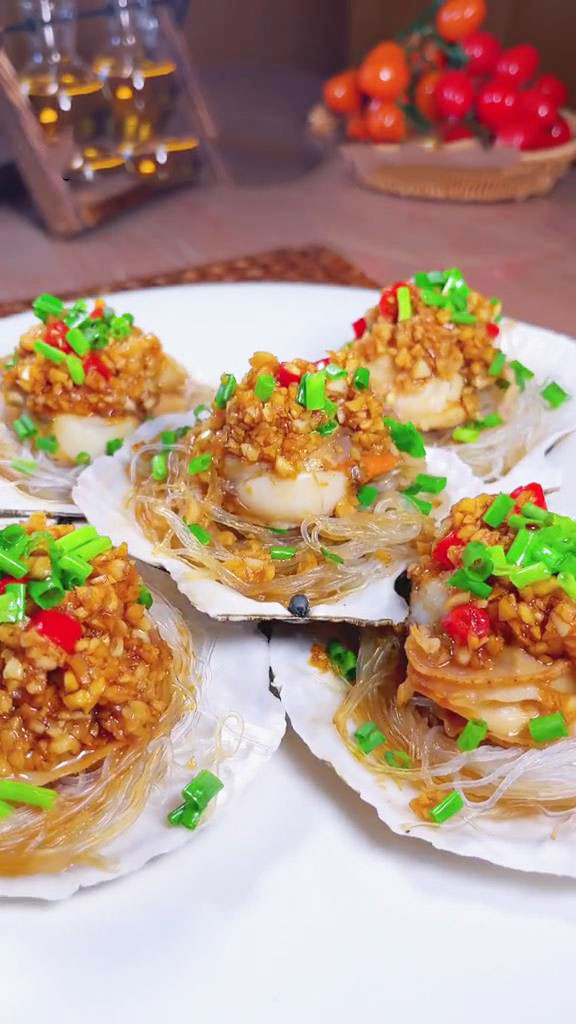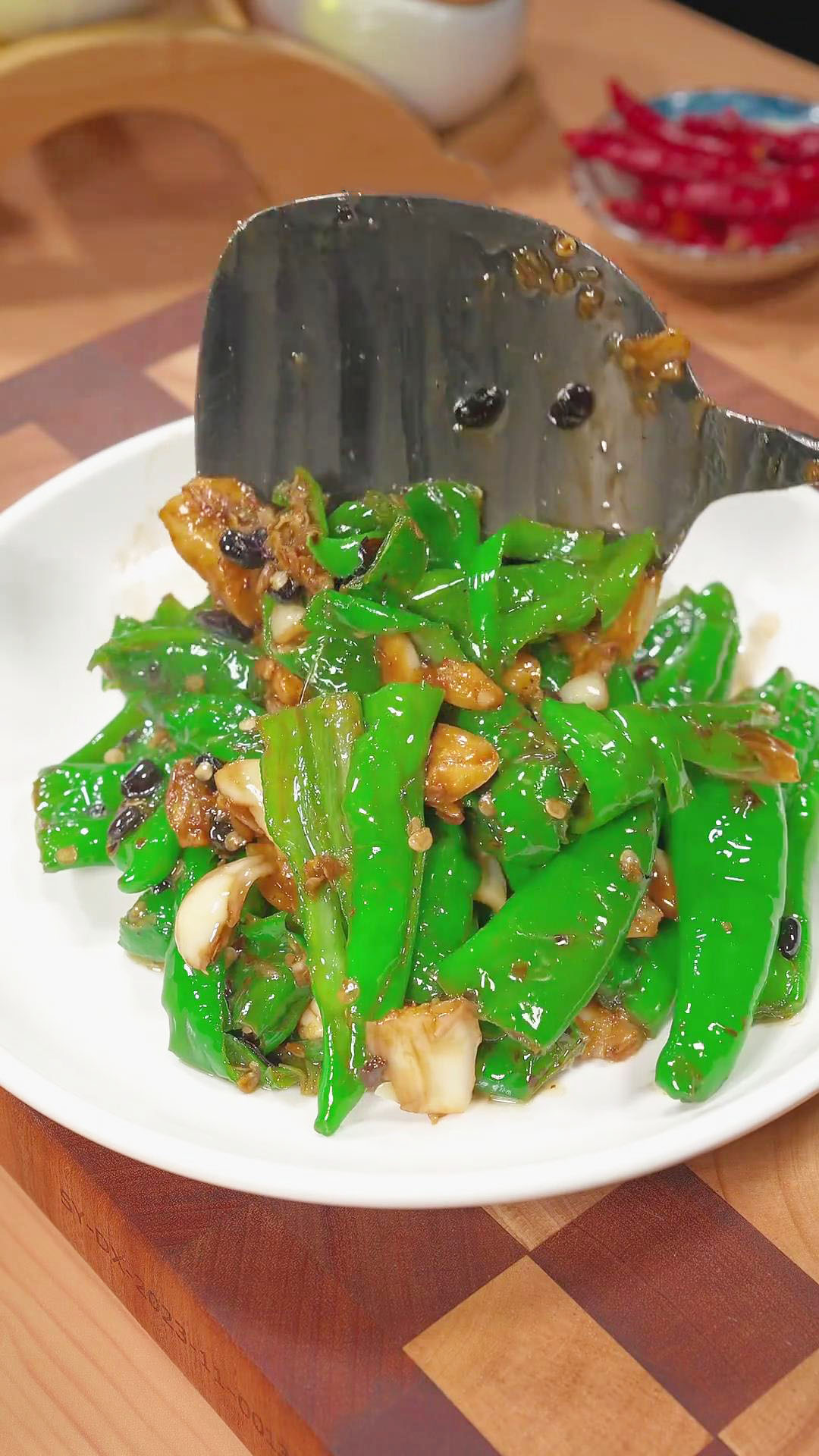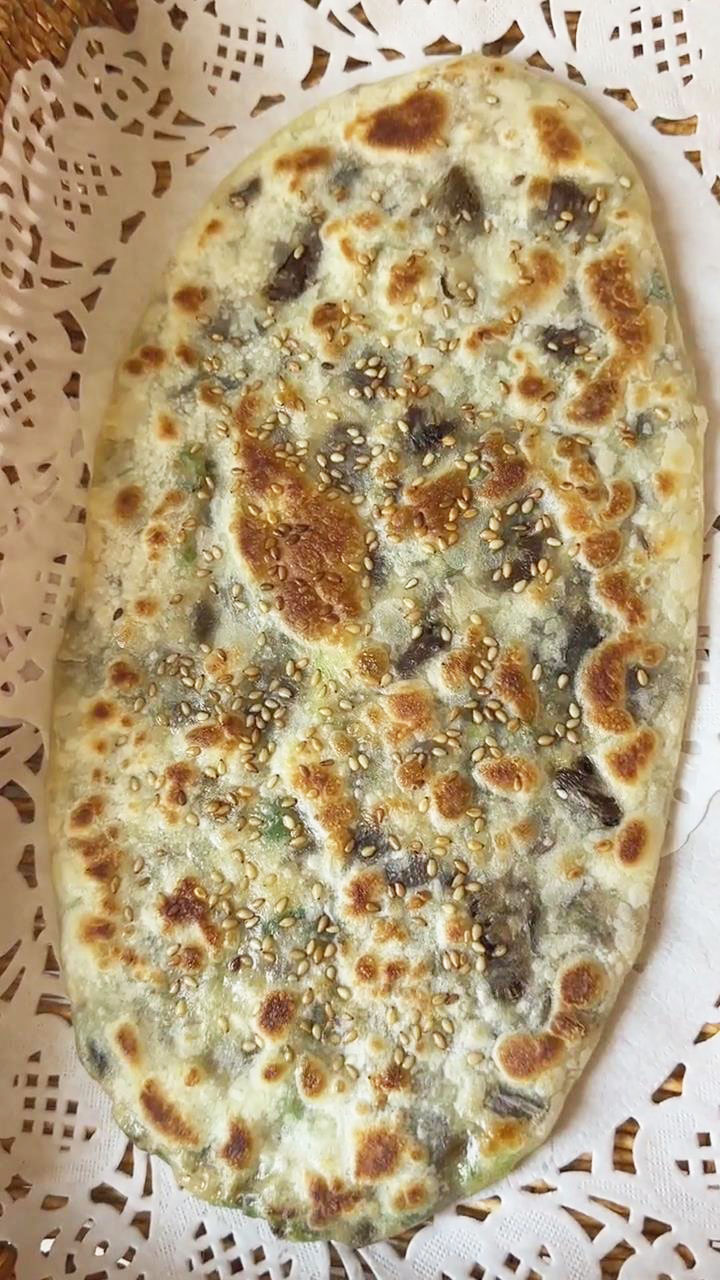Steamed buns have been a staple food around the world. Whether you are looking for a snack or a quick meal, steamed buns can surely satisfy your hunger at any time of the day. You may know steamed buns by many names and different variations, such as baozi in China, buuz in Mongolia, siopao in the Philippines, chūkaman in Japan, and hoppang in Korea, to name a few.
From the name itself, this dish is typically cooked by steaming using a traditional bamboo steamer. Using a bamboo steamer is a surefire way to achieve a moist and puffy bun without going soggy.
Are you planning to make homemade steamed buns but don’t have a bamboo steamer?
Not to worry! There are still several effective ways to steam buns without a bamboo steamer.
In this guide, you will learn 5 ways how to steam buns without a steamer using your regular kitchen equipment.
This guide lists what you need for each method and the steps to take. However, keep in mind the steaming time will vary on the equipment used and how many buns you are going to cook.
As a bonus, I share some tips as well on how to know if the buns are cooked based on appearance, texture, and weight.
1. Pan, Pot, Or Wok
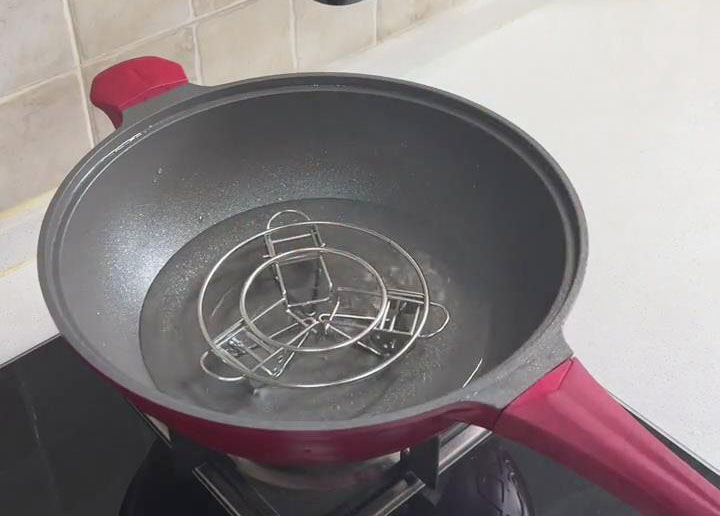

You don’t need to buy a steamer appliance to make steamed dishes. All you need is a lid and a regular kitchen pan, pot, or wok. Fill it up with water and place a heat-resistant bowl in the middle.
What You Need
- Pan, pot, or wok
- Lid
- Heat-resistant bowl
- Steamer rack
- Parchment or greaseproof paper
How To Steam Buns With A Pan
- Pour water into a pan.
- Place a steamer rack and bowl in the center of the pan.
- Line the bowl with parchment paper to prevent the bun from sticking.
- Turn on the heat and bring the water to a boil.
- Once it boils, place the buns into the bowl.
- Cover the pan with a lid.
- Steam the buns until cooked.
2. Microwave
One of the best techniques for steaming a dish is using a microwave. You’ll need a microwave-safe plate and bowl to do this technique. Moreover, I suggest cooking it per minute to avoid overcooking and drying it out.
What You Need
- Microwave
- Microwave-safe plate
- Microwave-safe bowl
- Damp paper towel
How To Steam Buns With A Microwave
- Dampen the paper towel with water and remove excess water.
- Wrap the bun with the damp paper towel.
- Place the bun on a microwave-safe plate.
- Put a little bit of water in a microwave-safe bowl.
- Then, place the plate on top of the bowl.
- Steam in the microwave for 1 minute on medium heat.
- Check if the bun is cooked after 1 minute. If not, steam again for another minute until it is cooked.
3. Sieve, Colander, Or Strainer
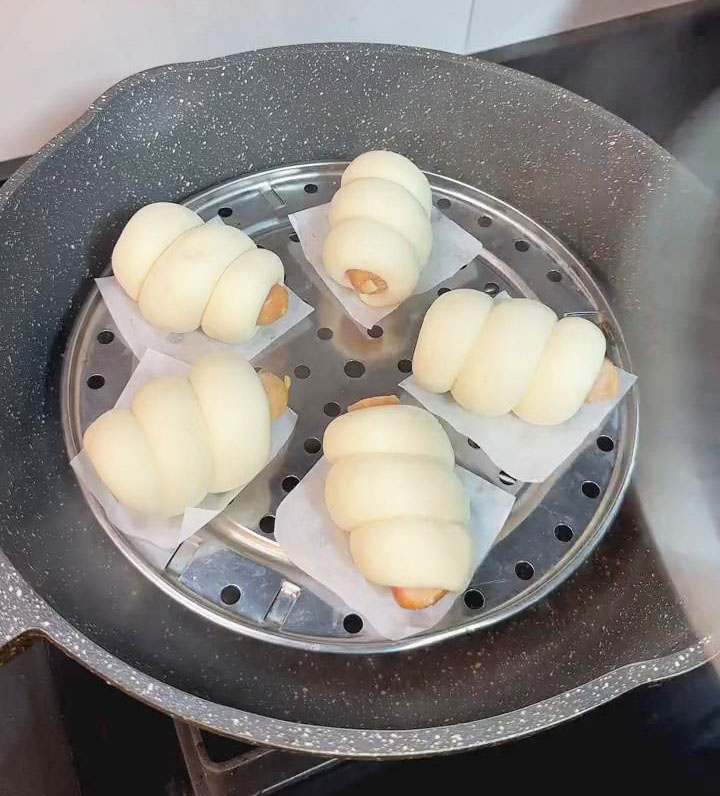
Similar to the first method above using a pan and bowl, you can also use a sieve, colander, or strainer. You need a shallow pan or pot for boiling water. It should be big enough to let the sieve, colander, or strainer rest on top.
I usually use this method to steam my bao buns, such as Char Siu Bao, especially when I don’t have a bamboo steamer readily available.
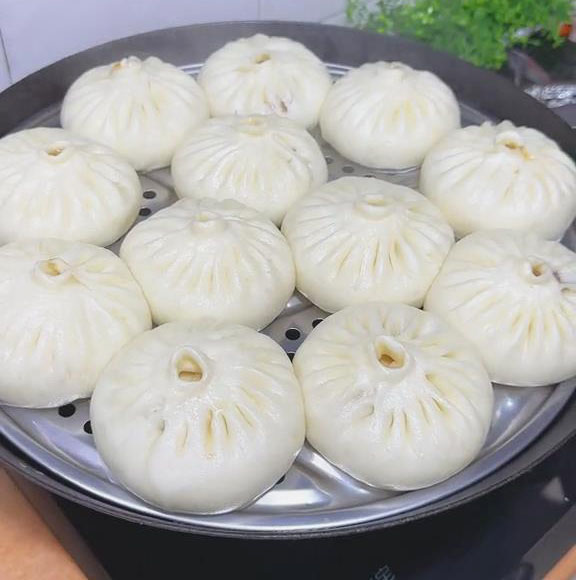
What You Need
- Sieve, colander, or strainer
- Pan or pot
- Lid
- Parchment paper
- Kitchen or tea towels
How To Steam Buns With A Sieve, Colander, Or Strainer
- Fill the pan or pot with a few inches of water.
- Place the sieve, colander, or strainer on top and let it hang. Make sure it does not submerge into the water.
- Place parchment paper on top of the sieve, colander, or strainer. This prevents the bun from sticking.
- Put the buns on top of the parchment paper.
- Cover the pan or pot with a lid.
- Make it airtight by covering the gaps with a kitchen towel.
- Turn on the heat and let it steam for about 10 minutes or until it is cooked.
4. Rice Cooker
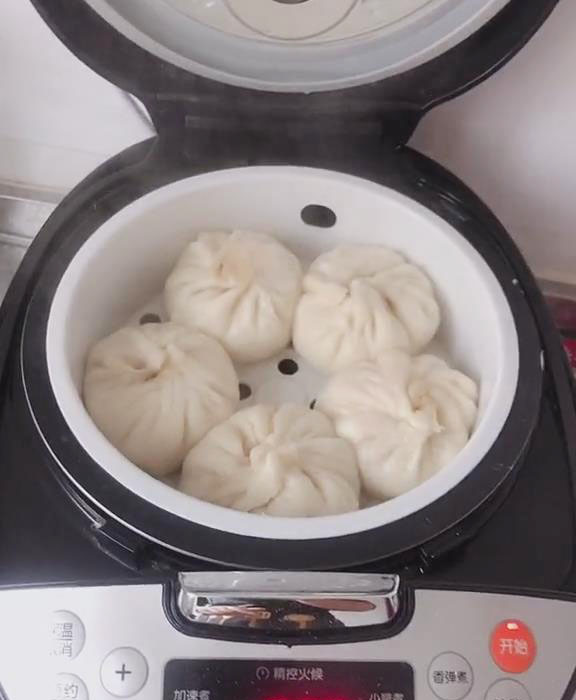
If you have a traditional rice cooker where you can add a layer of the steamer basket, you can use it to steam buns when the water and rice start to boil. You can cook it together with rice to save time and electricity or simply cook it alone with just boiling water.
This method may vary depending on the type of rice cooker you use since some rice cookers have a steamer setting already, while some don’t have the capacity to place an additional layer of steamer basket on top.
What You Need
- Rice cooker
- Steamer basket
- Lid
- Parchment paper
How To Steam Buns With A Rice Cooker
- Prepare the steamer basket by lining it with parchment paper.
- Place the buns on the steamer basket.
- Add 1 to 2 cups of water to the rice cooker and place the steamer basket on top.
- Cover the rice cooker with a lid and steam for about 10 minutes.
- If you are cooking rice, place the steamer basket once it boils and cook for a minute or more.
5. Instant Pot
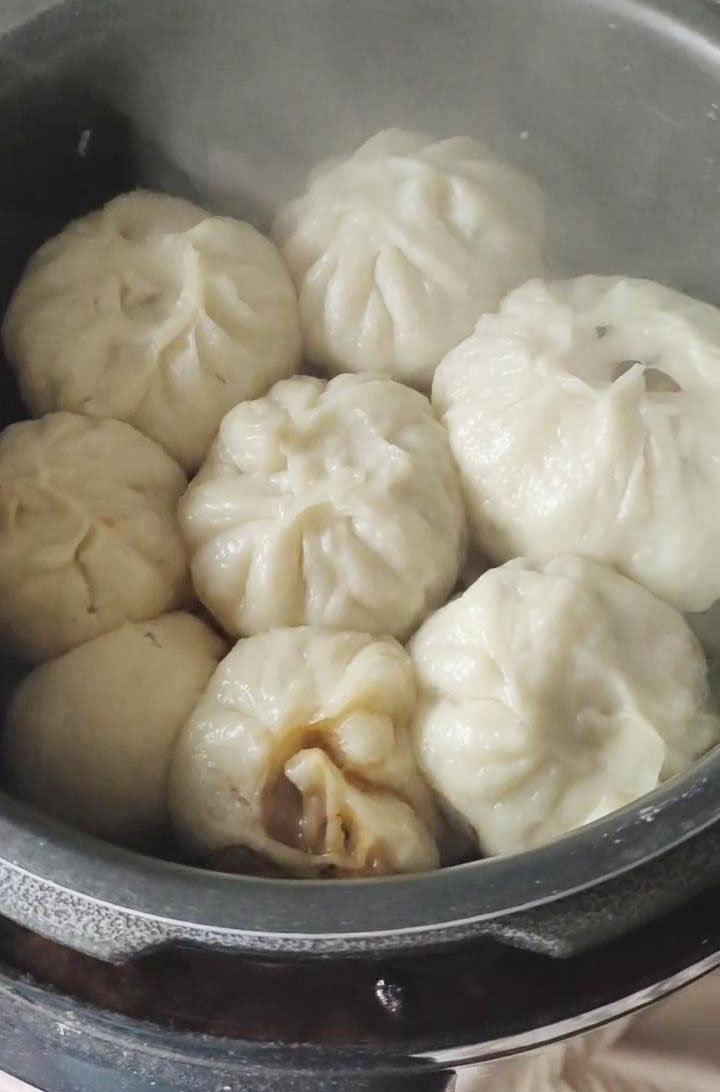
Last but not least, use an instant pot if you have one. An instant pot is a multi-cooker kitchen appliance used as a pressure cooker, slow cooker, steamer, and warmer, to name a few. It’s definitely an all-in-one appliance that can help you make steamed buns.
What You Need
- Instant pot
- Lid
- Parchment paper
- Steamer rack
- Steamer basket or heat-resistant bowl
How To Steam Buns With An Instant Pot
- Add water to the instant pot.
- Place a steamer rack on the bottom of the pot.
- Put a steamer basket or heat-resistant bowl on top of the steamer rack and line it with parchment paper.
- Then, place the buns on top of the parchment paper.
- Cover the instant pot with a lid.
- Adjust the steam setting and steam for 1 minute. Gradually add another minute until it is cooked.
How To Know If The Buns Are Cooked
As I have mentioned, it is best to check the buns in 1-minute intervals to avoid overcooking and drying them out. However, how will you know when to stop cooking? There are several things to look out for to know if the buns are cooked and ready to eat. Here’s what you should know:
- Smooth and puffy consistency: Lightly press the buns with your fingers. It should be puffy to the touch. Moreover, the pressed bun should slowly go back to its original shape. If it springs back too fast, it means it is not yet cooked. Keep in mind it should also have a smooth appearance.
- Larger size: Cooked buns should eventually become slightly larger than their original size.
- Well-heated from the inside: Use a fork to check if the buns are hot and cooked on the inside. Poke the buns with a fork. Then, remove the fork and feel it if it is hot to touch. If it is hot, the buns are cooked.
- Light and fluffy when held: Cooked buns should feel light, airy, and bouncy. It should not feel heavy when held.
Wrap Up
Steaming buns is the best way to have a light and puffy bun in every bite. Aside from steaming, you can always cook it in other ways such as pan-frying and baking. However, the cooking method may depend on the type of bun you are going for.
Which steaming method is the most effective for you? Do you have another technique that works for steaming buns? Let us know your recommendations in the comments section below!
If you want to learn more about buns, I suggest reading my quick guide Bao Vs Dumpling Vs Dimsum. You can also learn more about Chinese bao buns with the article A Detailed Guide On Bao Buns. Stay up-to-date by following me on my social media on Instagram and Tiktok for more informative guides on Asian cuisine.

